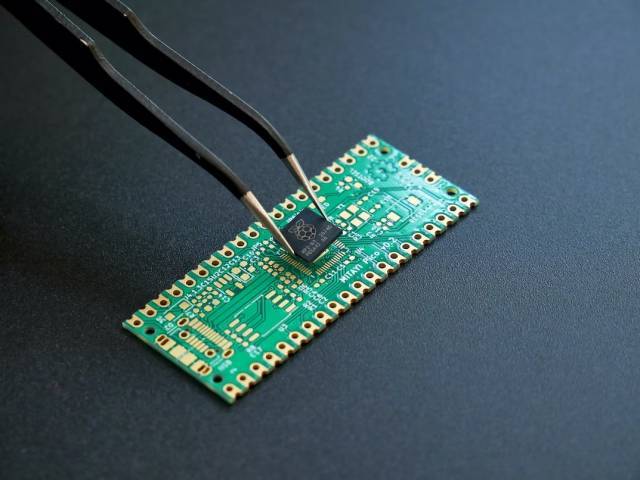Are you searching for a well-paid and rewarding electronics engineering role, or perhaps you’re looking for an engineering position more generally? Whatever career move you want to make, it pays to know how to write a great engineering CV.
As a specialist electronics recruitment consultancy, we know what details you need to include to make sure your engineering CV gets noticed for all the right reasons. With that in mind, here’s our guide to perfectly calibrating your engineering CV.
1. Include lots of detail about previous positions
Engineering is a highly specialised profession, so you must include lots of detail about your qualifications and the experience you have gained to date. For example, if you’re a recent graduate, rather than saying you have a 2:1 in engineering, include details of the modules you took, particularly those where you received high grades.
If you have professional engineering experience, it’s worth including a technical skills section for each of your previous roles. For example: ‘I gained a good knowledge of Analog IC design whilst working on an oscillator project’, or ‘I have a comprehensive understanding of microcontrollers with ARM-based architectures’.
2. Make sure it’s grammatically accurate
Precision and attention to detail are key attributes for any engineer, so your CV must reflect that. Grammatical errors and spelling mistakes will cast doubts over your ability and application. If grammar isn’t your strong point, ask a grammar pedant (most of us know one) to proofread your CV for you.
3. The layout matters
When you’re obsessed with detail, you often don’t see the bigger picture. However, in this case, the big picture - the layout of your CV - is crucial. Simple mistakes such as inconsistent formatting, line-spacing errors and large blocks of unbroken text look sloppy and will be noticed immediately.
You should also avoid ‘orphans’, which are paragraph opening lines that appear by themselves at the bottom of a page or column and are separated from the rest of the text. It’s a small detail, but it really does matter.
4. It’s not the skills you have, it’s what you do them
On any CV, you should list the skills and experience you have. However, when writing an engineering CV, you need to go one step further. You must focus on what you have done with those skills and the achievements and outcomes of your work. You should also include facts and figures to support those statements wherever possible.
For example: ‘I used my AutoCAD skills to design a prototype that led to a 35% increase in output across multiple production lines.’
5. List the communication protocols you are familiar with
Another important element to include in the skills and experience section of your CV is the communication protocols you have knowledge of.
For example, for an RF electronics role, you may have experience of LoRa, Bluetooth, 4G or GPS, or in digital electronics, it could be I2C, SPI, USB or UART.
6. Include a paragraph-long profile
For most professions, the general advice is that your CV should be no more than two pages long. In engineering, the more detail you can include - as long as it’s relevant to the position you’re applying for - the better. Part of that is including a paragraph-long profile that succinctly summarises your career successes, specialist experience and differentiating skills. This should be adapted for every role that you apply for.
Start your search for an electronics engineering role today
At PER Specialist Recruitment, we format and proofread your CV for you and create a detailed candidate profile to make you more attractive to potential employers. Whether you’re looking for power electronics, SMPS, UPS or power semiconductors engineering jobs, just book an initial consultation and start your search today.








